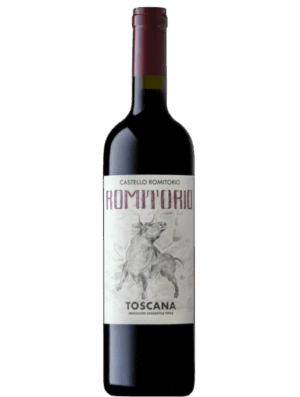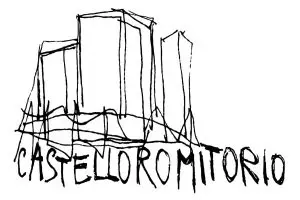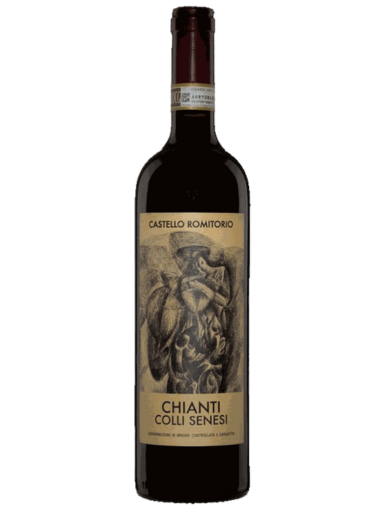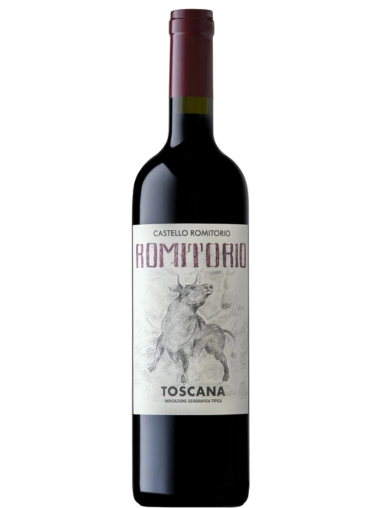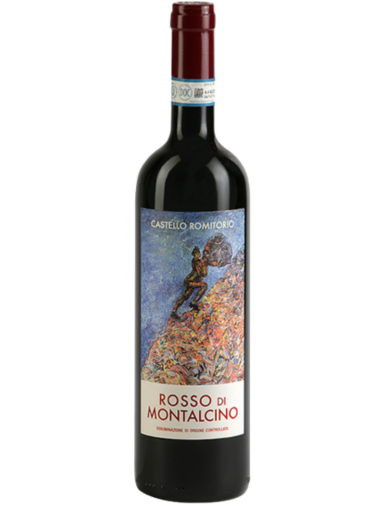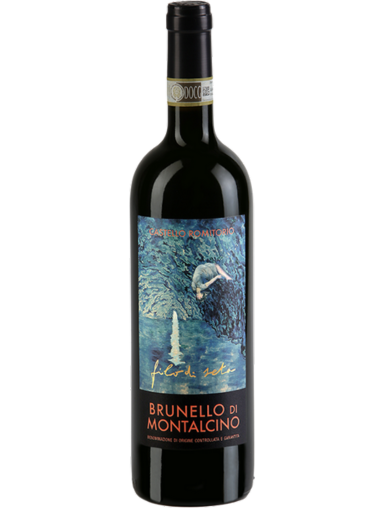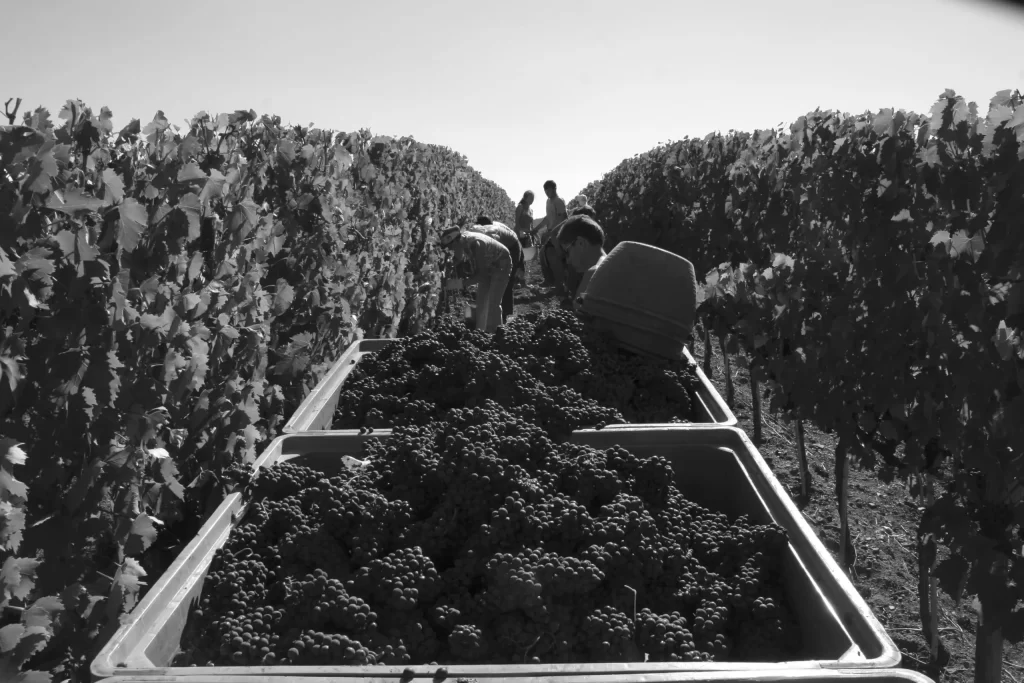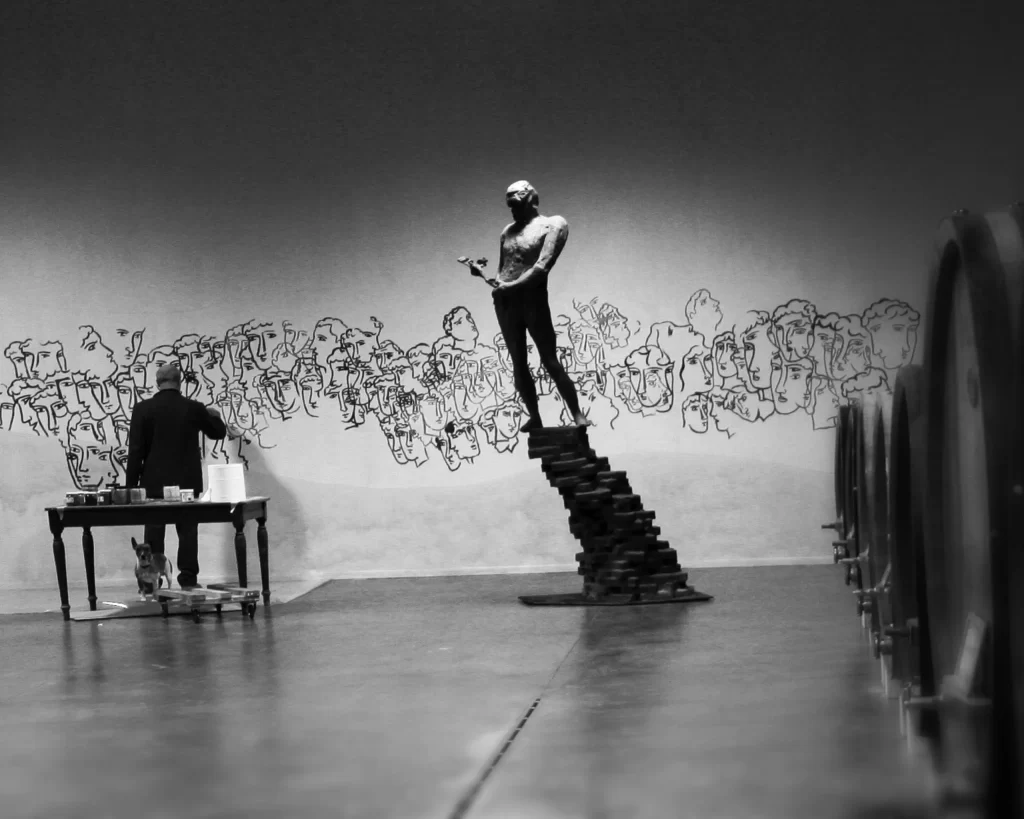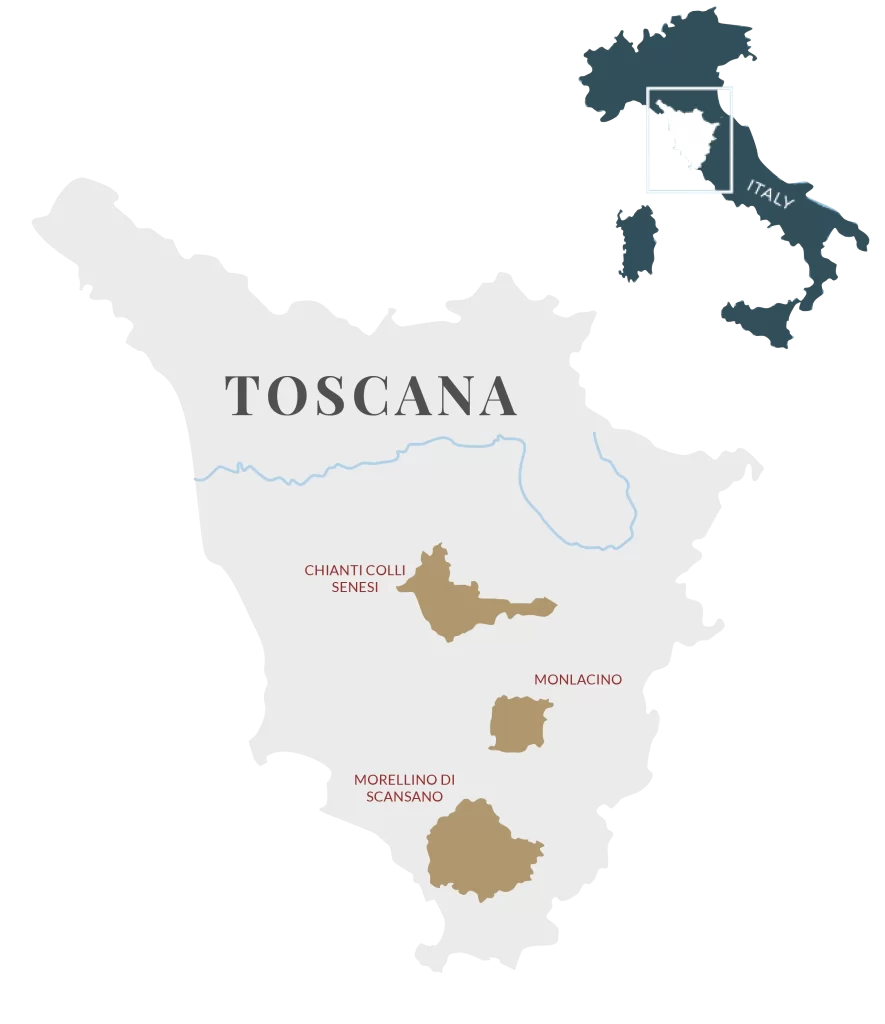
Temple, fortress, monastery. Then a castle, a stately mansion, a refuge for shepherds and their flock and finally an art workshop and winery. From the Etruscans, one of the first organized societies, to Roman times, when the foundations of Castello Romitorio were built, perhaps as a prison for deserting soldiers. Going through the turbulent years of the Middle Ages, where the castle was a monastery until the 12th century when Siena and Florence were disputed, and then it was fortified due to its strategic position between the trade routes.
Montalcino and the complex of fortifications of which Romitorio was part, were always proud of their freedom: in 1559 when the Medici surrendered, they represented the last free municipality in Italy. It is from this moment that the first written testimonies of Brunello date back.
Recovered as a manor house and patrician villa already in the 19th century, Romitorio Castle was abandoned after the Second World War and remained uninhabited for a long time, used as a hospice for shepherds and their flock. In the 70s it became the property of Baron Giorgio Franchetti. As he was unable to renovate the Castle, he decided to sell it to the artist Sandro Chia in 1984, who made the old mansion his residence and artistic workshop. Along with the castle, Chía took charge of vineyards, oak forests and gerbera daisies.


